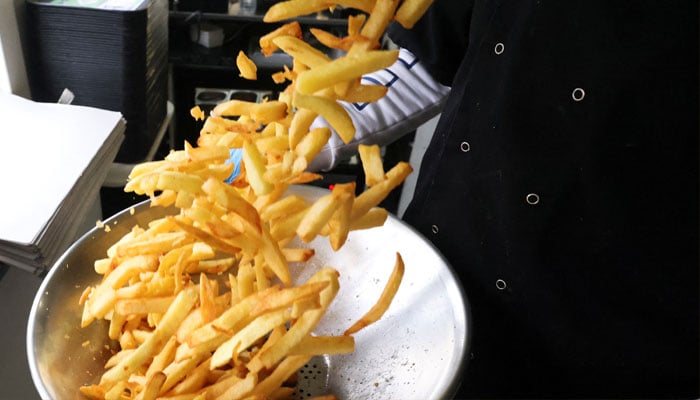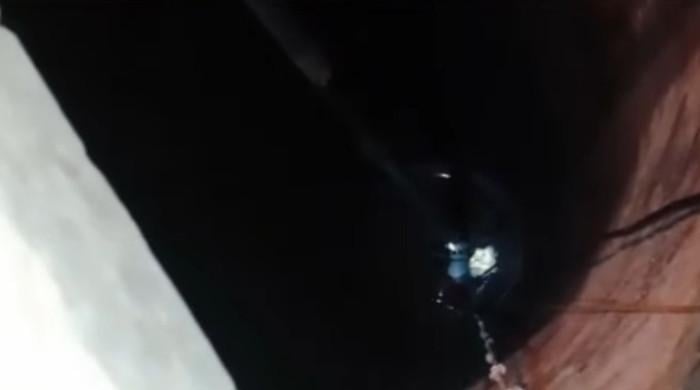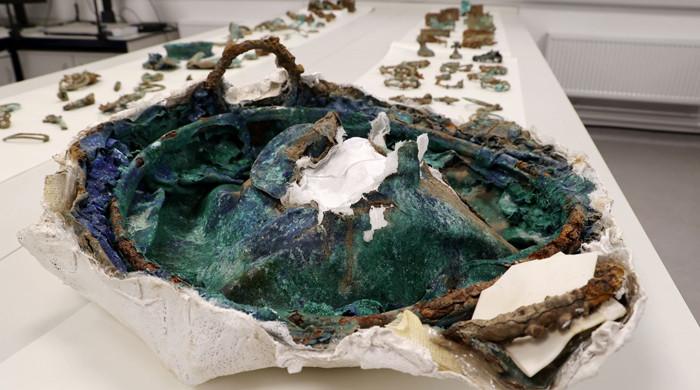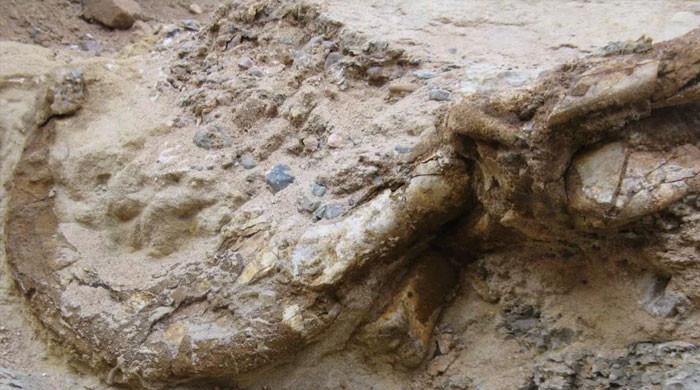How to cook 'perfect' French fries? Scientists reveal size, type of potatoes and best oil
Perfect potato fries are fried twice in rapeseed oil and made using Russet potatoes
March 11, 2024

Potato chips, seemingly simple with just one ingredient, actually involve a complex process for achieving the ideal crunch. Daily Mail reports a scientific recipe to make the perfect potato chips.
For optimal results, experts recommend using Russet potatoes precisely cut to 7cm long and 1.2cm wide. The key components of potatoes, starch, and water undergo a transformation during frying.
When raw, the starch in potatoes is tightly coiled, resulting in a tough and less flavourful potato. However, as the slices are dropped into hot oil, the water inside evaporates, causing the chips to bubble.
This process breaks down potato cells, turning starch into a glue-like layer that hardens and crisps, trapping moisture inside. Achieving the right balance between oil absorption and water evaporation is crucial for determining the chip's crispiness.
To make the perfect chip, experts recommend using a starchier potato variety, such as Russet. The ideal chip size, according to a survey, is 1.2cm x 1.2cm x 7cm, ensuring a balance of cooking time and surface area for a crunchy exterior.
Cooking involves a three-step process: boiling, freezing, and frying. Boiling the chips in water with added vinegar ensures a soft interior.
Freezing removes excess moisture and creates ice crystals, giving the chips a fluffier interior. The final frying stage, conducted twice at different temperatures, produces a dry, crispy crust through the Maillard reaction.
According to Dr John Lioumbas, the high heat in the final fry promotes efficient Maillard reaction and caramelisation, resulting in a deeper golden-brown color and enhanced flavor.
While the concept of cooking chips in hypergravity is fascinating, practical solutions involve a two-stage frying process on Earth, following the specified temperatures and oil types.
In the end, enjoying scientifically perfect chips involves patience, precision, and adherence to a meticulous cooking process.











